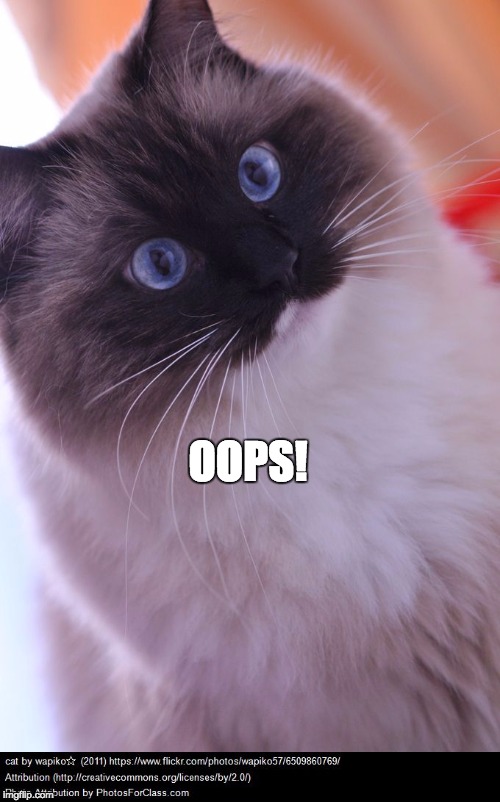“ . . . many young people are not
very elaborate or reflective users (Erstad, 103).”
I would argue that many young people
are simply not inclined to be elaborate or reflective but this
observation touches on something I believe to be an important element
of the teaching craft; prompting for reflection. We all seem
to agree that a liberal education, or a value system oriented
education concerned with the availability of as broad a range of
subject knowledge as possible, is optimal.
I believe this to be
especially the case for grades 6 through 12; the period when young
people are concerned with rehearsing for adulthood (my K-12 teaching
experience is limited to theater workshops: acting, vocal work, stage
combat, Shakespeare, etc., which means I base my observations on
those experiences and my own empirical knowledge base).
Taking into consideration that the
components making up a value system (i.e., the values), will vary in
order of importance from school to school based on myriad factors,
the value of self-reflection should always be among those at the top
of the list.
The capacity to acknowledge success,
and understand that it’s pedagogical opposite is not failure, but
the opportunity to explore solutions to challenges inherent in the
vast majority of worthwhile projects, requires, to a great degree,
the ability to reflect.
“. . . how do students approach the
task of finding study-related information using the internet (Kennedy
& Judd, 124)?”
Theater analogies are generally very
useful tools for conceptualizing classroom spaces where elements of
presentation, movement, sound, physical and social interaction and
improvisation are all vitally present.
When I consider the set design for a
theatrical composition, my two primary concerns are aesthetic and
pragmatic.
Although the aesthetic component of a
theatrical set is vitally important, I am first concerned with how it
will assist the actors and enhance their ability to tell a particular
story. I am taking into consideration that, in certain circumstances
your actors might be eight years old, which means the set design will
have to anticipate the movement patterns of eight-year-old actors.
If the set looks good but hinders the
action, I consider it a failed piece of the overall composition.
When I imagine the design of a
classroom space I try to use the same metrics.
I am interested in how the classroom
will assist the actors (students & teachers) and promote
engagement. I imagine how people will move through
the space and engage with each other and all the available props and
set pieces.
For the past year I have been trying to
imagine a classroom that favors shared Internet research as an
integral part of the learning experience and have been mostly
frustrated.
I am always able to find flaws in my
design, which suggests that the kind of success I envision must be
part of a constant process of negotiation rather than governed by a
fixed set piece.
“. . . interactive media is helping
to provide young people with some of the essential skills for civic
and political engagement by allowing them to learn about the critical
issues of the day; insert their own voices into the public discourse;
and actively participate in a range of political issues (Montgomery,
2008).”
That’s bitchin’.





